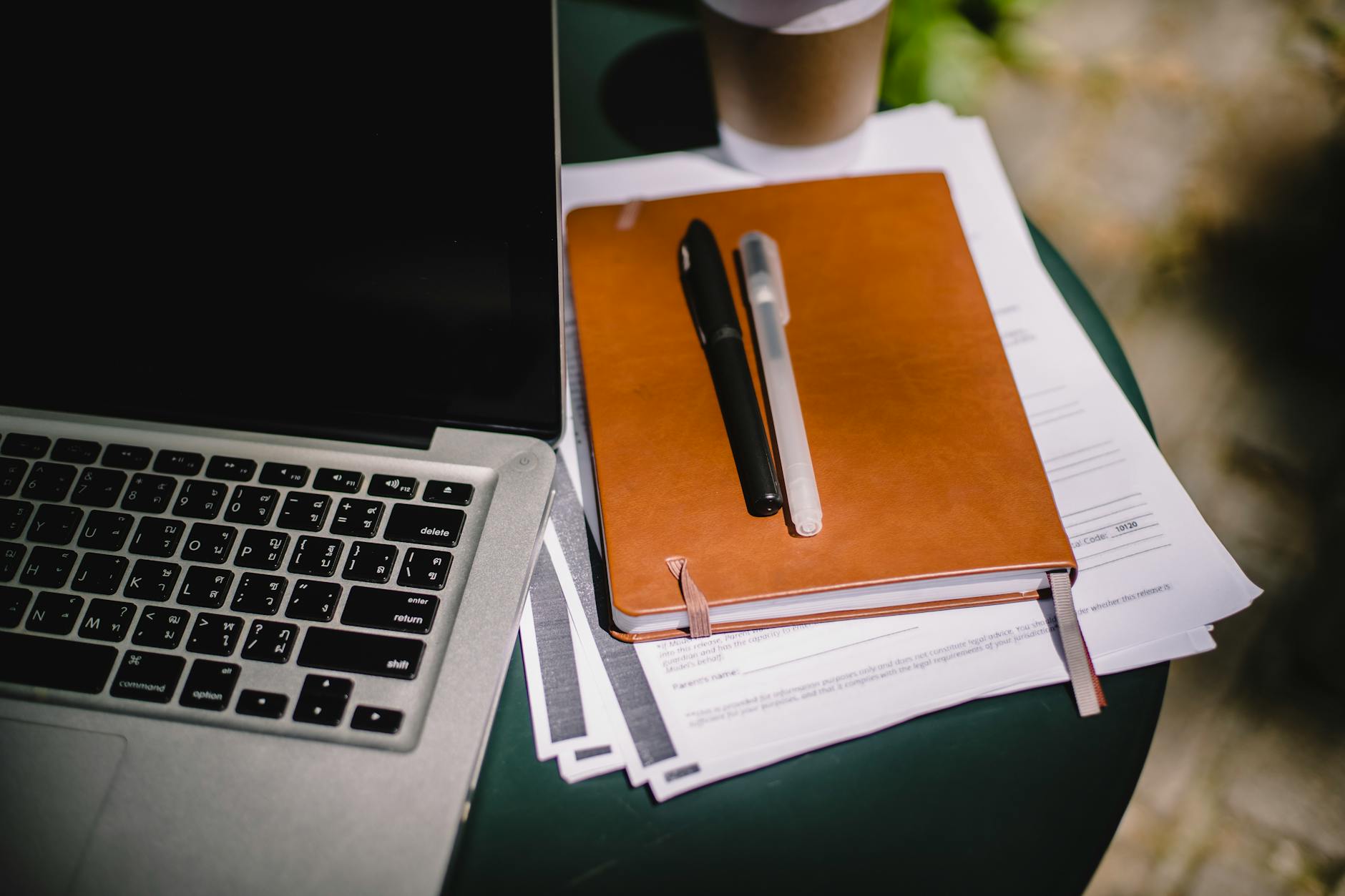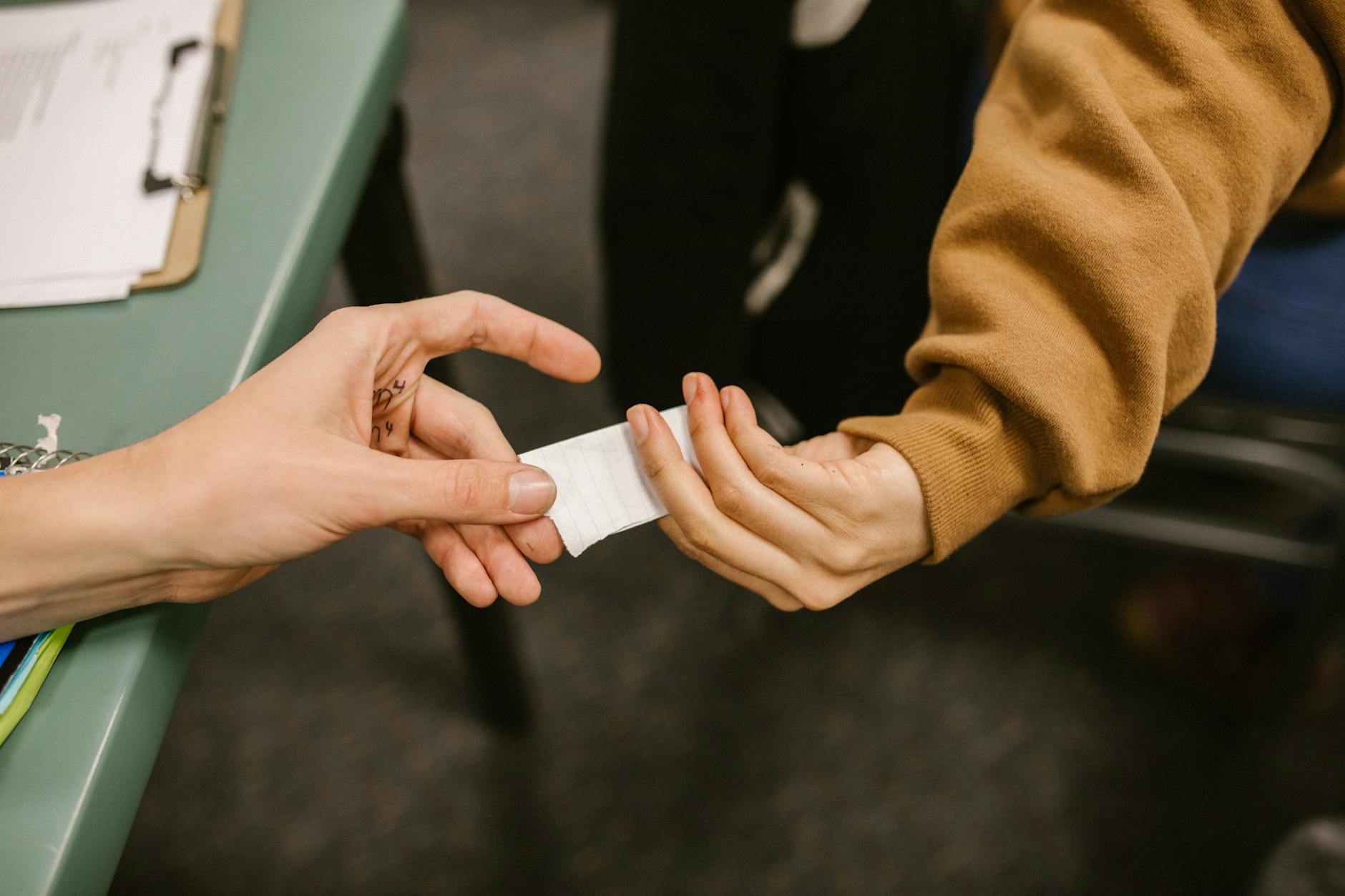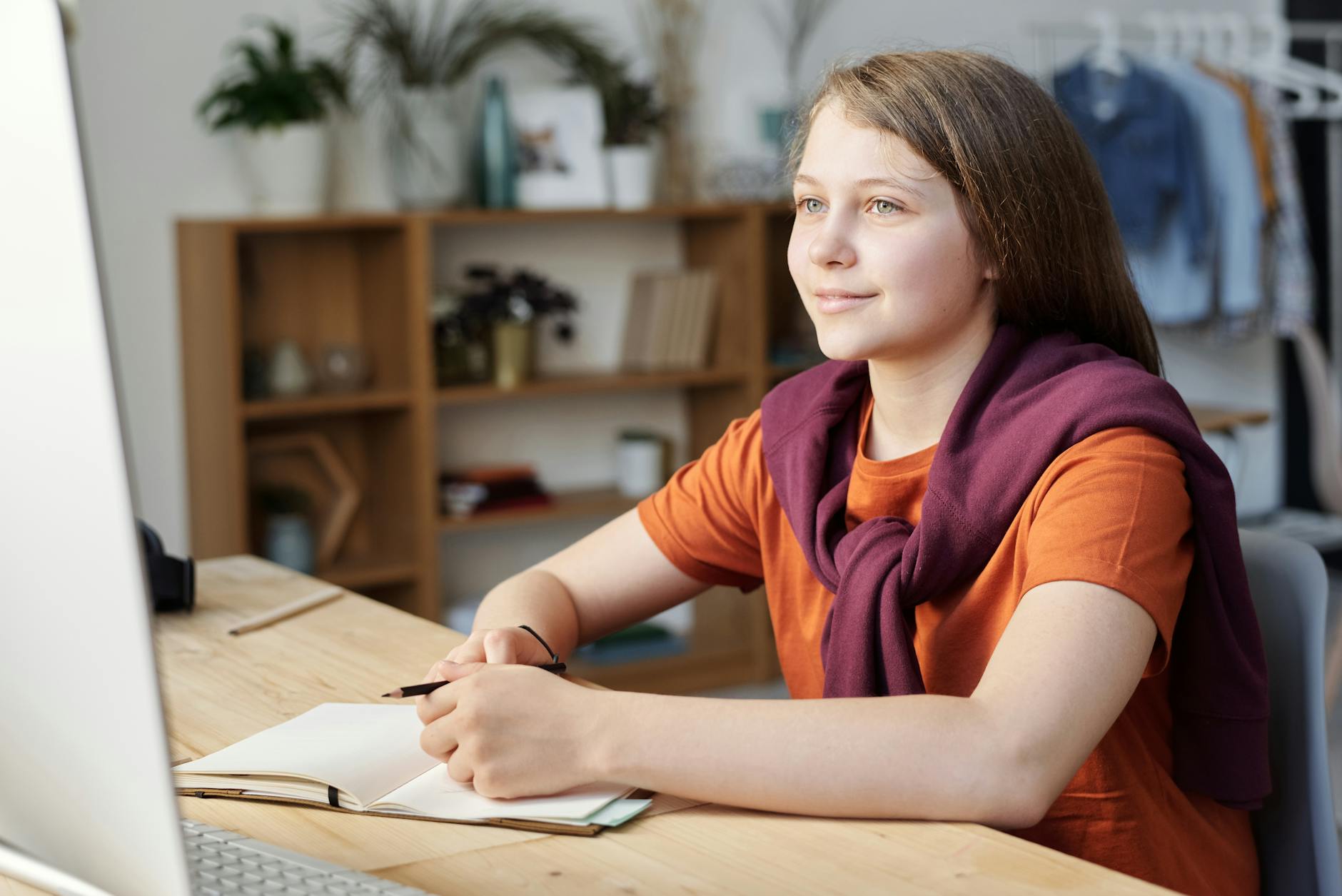How to Enhance Students' Artistic Skills with Creative Workshops in the United States

Exploring Creative Workshops
In the vibrant atmosphere of Austin, there is a wealth of creative workshops just waiting to be explored. From the bustling avenues of Zilker Park's art in public places to hands-on classes in craft stores on South Congress, the city offers an exciting array of opportunities for those eager to dive into the world of creativity. Cooking classes NYC also provide an inspiring starting point, much like the dynamic cuisine scene we have here in Austin. These classes teach fundamental skills and offer a social experience that fosters collaboration and camaraderie.
Beyond the culinary arts, couples cooking classes nyc mirror experiences that could benefit Austin’s own community, fostering teamwork and chemistry in a shared, engaging environment. Similarly, creative workshops can include diverse experiences like pottery sessions or painting classes at local venues, enhancing art enthusiasts' appreciation for different artistic forms. A burgeoning trend here in Austin could be our own version of paint and sip nyc, an opportunity to combine creativity and social interaction in a relaxed environment.
Artistic workshops encourage individuals like Daniel Collins to step out of their comfort zones, embrace new challenges, and nurture a more rounded lifestyle. With a city as creatively rich as Austin, incorporating such experiences into one's routine is incredibly rewarding and acts as a gateway to new passions and skills.
Enhancing Artistic Skills
Sharing artistic inspiration with students and art enthusiasts in a school setting can ignite a spark that not only fuels creativity but fosters innovation. A visit to Zilker Park's art installations can offer new perspectives and encourage students to think outside the box, inspiring them to incorporate their unique insights into their own work. This dynamic setting can be particularly beneficial when exploring virtual team building activities, as it not only deepens their creative skills but strengthens collaboration and problem-solving skills among peers.
Incorporating such activities into the education process allows students to experiment and discover new artistic techniques. Techniques such as abstract painting and digital art can be used to cultivate innovation and allow students to explore and express their personal vision. Additionally, offering an experience gift card for a workshop or an art class at a local venue provides an opportunity for learners to practice new skills in a hands-on environment. Imagine a budding artist experiencing the tactile joy of pottery or the vibrant colours of painting for the first time—these moments can lead to profound real-life success stories.
Through exposure to art in public places and interactive activities, students can channel their inherent creativity into tangible projects, preparing them for both academic and personal successes.
Steps to Organize a Workshop
Finding Skilled Instructors
When planning a workshop, it's essential to find instructors who not only possess expert knowledge but who can also inspire and guide students. I look for instructors who blend technical skills with a passion for teaching, much like the dedicated artists you'll find around Zilker Park's art in public places. Whether you're organizing pottery classes chicago or anywhere else, ensure that instructors can deliver engaging sessions that resonate with both novice and seasoned art enthusiasts.
Creating Engaging Content
Creating content that resonates and captivates is key to a successful workshop. It’s vital to develop a curriculum that accommodates various skill levels, offering challenges that encourage growth. Utilize storytelling and interactive elements to make each session unique and memorable. I find that balancing technical instruction with creative freedom allows participants to explore their potential, drawing inspiration from venues like San Francisco’s vibrant art scene.
Promoting Your Workshop
Promotion is crucial to attract the right audience. Use social media, forums, and search engines to reach potential participants effectively. Highlight unique aspects of the workshop, such as learning outcomes and the creative breakthroughs participants can achieve. Engaging visuals and testimonials can be powerful tools in showcasing the workshop's value. Consider collaborations with local art communities or cooking classes san francisco to tap into established networks and broaden your reach. Ultimately, a well-promoted workshop can kindle enthusiasm and transform casual attendees into passionate creators.
Integrating Workshops in Education
Aligning with Curriculum
Integrating creative workshops into education is an effective strategy to engage students and complement existing curriculums. As an art mentor, I encourage using workshops to bridge the gap between traditional learning and hands-on experiences. Aligning these workshops with the curriculum can ensure that students not only develop technical skills but also enhance their artistic expression. Incorporating activities such as online craft classes, which are accessible and diverse, allows students to explore new techniques while ensuring that each session is aligned with learning objectives.
Encouraging Participation
Participation is key in making workshops successful and impactful. As a facilitator, you can inspire students by linking workshop themes to their interests. For example, incorporating team building activities nyc can add an exciting and dynamic twist that encourages student involvement. Additionally, creating a welcoming and inclusive environment makes students more willing to participate actively, fostering a community where artistic expression and collaboration flourish.
Measuring Impact and Success
It's important to evaluate the effectiveness of workshops to continually improve them. Establish clear objectives from the outset and gather feedback from participants to measure success. This will help in adjusting future sessions to better suit the students' needs. Incorporating both qualitative feedback from students and quantitative measures, like project outcomes or skill assessments, provides a well-rounded picture of a workshop’s impact. By doing so, you can adapt and refine these artistic experiences to align with educational goals and inspire students to explore their creativity further.
Avoiding Workshop Pitfalls
In the vibrant world of art, it's essential to recognize the nuances that make creative workshops not just functional, but inspiring. These common pitfalls can serve as opportunities for you, my fellow artists and mentors, to enhance the richness of your workshops.
Understanding Student Preferences
We must never overlook the importance of student preferences. Each student's impression of art is unique, akin to interpreting digital painting process and the textures of a blank canvas. Engaging directly with students, perhaps during visits to the Blanton Museum of Art or just through casual conversations, can provide essential insights. Understanding and incorporating what ignites their passion can dramatically transform their learning experience into one filled with enthusiasm and joy.
Valuing Feedback and Adaptation
The artist's journey is one of continuous growth and evolution. So is the path of leading workshops. Constructive feedback is our palette knife, sculpting better sessions. By embracing suggestions, whether about the practical aspects of acrylic pours or exploring abstract concepts, you foster an environment that cherishes flexibility. This ability to adapt, especially noticeable in vibrant artistic hubs like South Congress craft stores, generates workshops that thrive.
Addressing Logistical Challenges
Logistical challenges often sneak in, like shadows on the canvas. Proactively addressing these issues ensures a smooth, inspiring environment. Think about your venue's accessibility—could it host a bustling virtual escape room Or do you need to explore alternative settings like Zilker Park's art in public places? Meticulously considering these factors keeps your focus on crafting an unforgettable, immersive experience for your audience.
With creativity and careful consideration, you can overcome these hurdles and inspire the next generation of artists, paving the way with colors and creativity.


